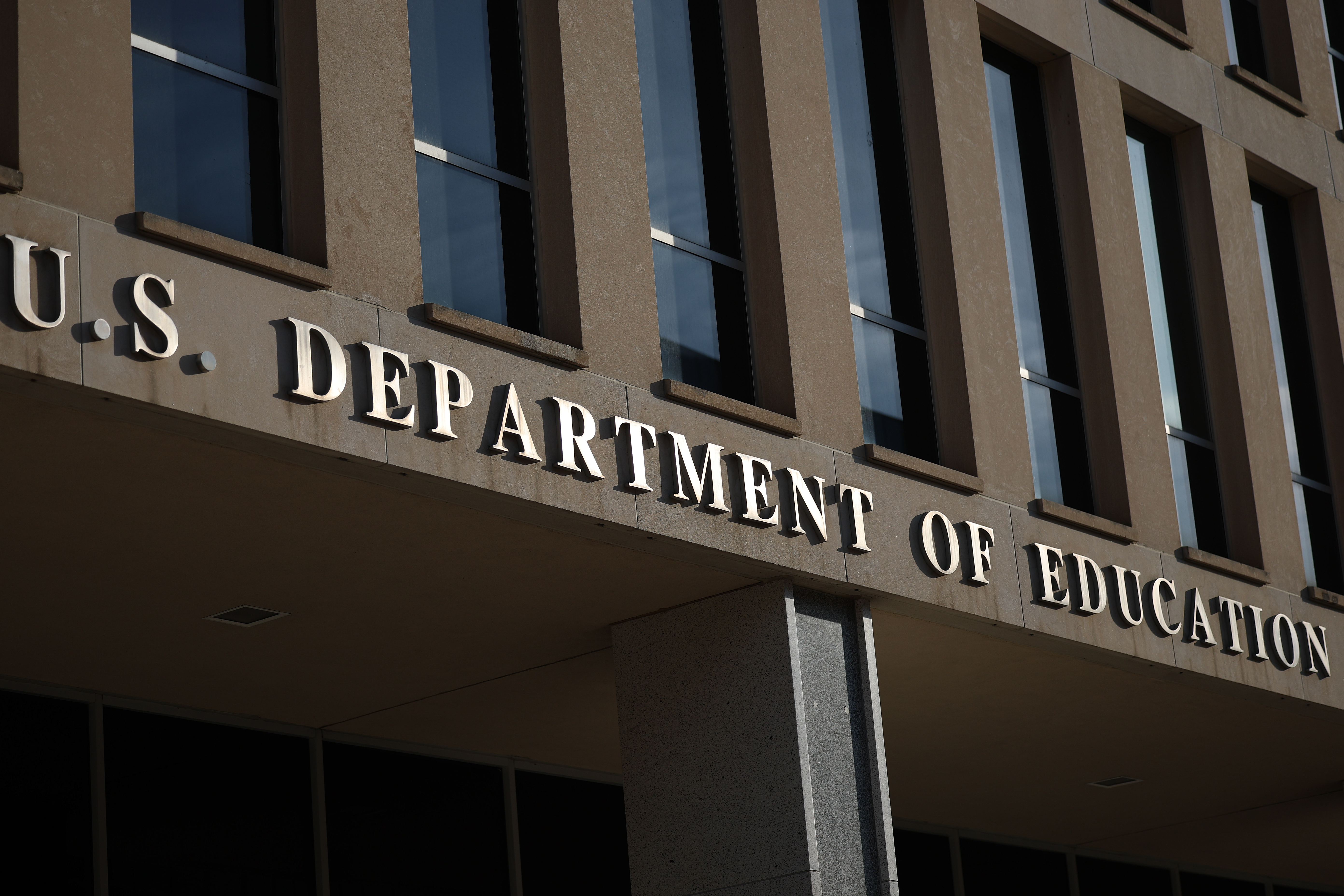Student Loan Garnishment: Stop Wage Seizure Now!
Student Loan Paycheck Garnishment: What To Do If You're Behind
The Looming Threat of Paycheck Garnishment: What You Need to Know
The pause on federal student loan payments, a lifeline for millions during unprecedented times, is officially over. And with that end comes a stark reality: the government is resuming "involuntary" collections on defaulted federal student loans, potentially taking money directly from your paycheck. If you're behind on payments and worried about this, you're not alone. This guide is here to help you navigate this complex situation and understand your options.
Understanding Student Loan Default
Before we dive into solutions, let's clarify what it means to be in default. The Department of Education considers your loan to be in default when you haven’t made a payment or arranged for a forbearance or deferment for at least 270 days past your first missed due date. That's roughly nine months of missed payments. Think of it like this: it's the point of no return, triggering more aggressive collection methods.
Who is at Risk?
The numbers are staggering. According to the ED, at least 5 million borrowers currently have loans in default. And another 4 million are in “late stage delinquency,” meaning their loans are between 90 and 180 days past due. That’s potentially close to 10 million borrowers teetering on the edge of default, facing the very real possibility of paycheck garnishment.
What is Paycheck Garnishment?
Paycheck garnishment is a legal process where a creditor (in this case, the U.S. Department of Education) can take a portion of your wages directly from your employer to repay a debt. It's essentially a direct debit from your paycheck, bypassing your bank account altogether. Unlike some other types of debt, federal student loans don't require a court order to garnish your wages if the loan is in default. They can just send a notice to your employer.
How Much Can They Take?
The amount that can be garnished from your paycheck for federal student loans is significant. The government can garnish up to 15% of your disposable income. Disposable income is generally defined as your gross pay minus any legally required deductions, like taxes.
The Immediate Impact of Garnishment
Imagine suddenly losing 15% of your paycheck. That could mean struggling to pay rent, put food on the table, or cover essential expenses. Garnishment can create a ripple effect of financial hardship, impacting your credit score and overall well-being. It's not just about the money; it's about the stress and anxiety that comes with it.
Immediate Actions to Take if You're Facing Garnishment
If you've received notice of impending garnishment, don't panic! Time is of the essence, but there are steps you can take to potentially stop or reduce the garnishment.
- Contact the Department of Education Immediately: Don't delay! Reach out to the loan servicer listed on your garnishment notice. Explain your situation and explore your options.
- Request a Hearing: You have the right to request a hearing to object to the garnishment. This is your opportunity to explain why the garnishment would cause you undue financial hardship. You need to act fast, usually within 30 days of the garnishment notice.
- Gather Your Financial Documents: Be prepared to provide documentation of your income, expenses, and any extenuating circumstances that make it difficult for you to repay your loans.
Options to Avoid or Stop Garnishment
Fortunately, there are several avenues you can explore to avoid or stop paycheck garnishment altogether.
Loan Rehabilitation
Loan rehabilitation is a one-time opportunity to bring your loan out of default. It requires you to make nine reasonable and affordable monthly payments within a period of 10 consecutive months. After completing rehabilitation, your loan will be considered current, and the default will be removed from your credit report. It's like hitting the reset button on your loan.
Loan Consolidation
Consolidating your defaulted federal student loans into a new Direct Consolidation Loan can also bring your loans out of default. However, there are specific requirements you must meet, such as agreeing to repay the new loan under an income-driven repayment plan or making three consecutive, voluntary, on-time monthly payments on the defaulted loans before consolidating.
Income-Driven Repayment (IDR) Plans
Income-Driven Repayment (IDR) plans can significantly lower your monthly payments based on your income and family size. These plans can make your loan payments more manageable and prevent you from falling back into default. There are several IDR plans available, including:
- Income-Based Repayment (IBR): Payment is capped at 10% or 15% of discretionary income, depending on when you took out the loan.
- Pay As You Earn (PAYE): Payment is capped at 10% of discretionary income.
- Saving on a Valuable Education (SAVE) Plan (Formerly REPAYE): Payment is capped at 5%-10% of discretionary income, depending on if you are undergraduate or graduate student.
- Income-Contingent Repayment (ICR): Payment is based on your income, family size, and loan balance.
Deferment and Forbearance
Deferment and forbearance are temporary postponements of your loan payments. Deferment is available for certain situations, such as unemployment or economic hardship, while forbearance is granted at the discretion of the loan servicer. While these options provide temporary relief, interest continues to accrue on your loans, which can increase the total amount you owe. Think of it as a temporary pause, not a permanent solution.
The Importance of Financial Counseling
Navigating the complexities of student loan debt can be overwhelming. Consider seeking guidance from a qualified financial counselor who specializes in student loans. They can help you assess your situation, explore your options, and develop a personalized repayment plan. It's like having a GPS to guide you through the maze of student loan debt.
Negotiating with the Department of Education
Don't be afraid to negotiate with the Department of Education. Explain your financial hardship and explore options for a more affordable repayment plan. They may be willing to work with you to find a solution that works for both parties.
Document Everything!
Keep detailed records of all communication with your loan servicer, including dates, names of representatives, and the content of conversations. This documentation can be invaluable if you need to dispute any errors or inconsistencies.
Don't Ignore the Problem
The worst thing you can do is ignore the problem. Ignoring the garnishment notice will not make it go away; it will only worsen the situation. Act quickly and proactively to explore your options and prevent further financial hardship.
Conclusion: Take Control of Your Student Loan Debt
Paycheck garnishment is a serious issue, but it's not insurmountable. By understanding your rights, exploring your options, and taking proactive steps, you can avoid or stop garnishment and take control of your student loan debt. Remember to contact the Department of Education immediately, explore loan rehabilitation or consolidation, consider income-driven repayment plans, and seek professional financial counseling if needed. Don't let student loan debt control your life; take control of your debt!
Frequently Asked Questions
Here are some frequently asked questions about student loan paycheck garnishment:
-
What happens if I lose my job while my wages are being garnished?
If you lose your job, the garnishment will stop. You should immediately contact your loan servicer to inform them of your job loss and explore your options for further deferment or forbearance.
-
Can the government garnish my Social Security benefits for student loans?
Yes, the government can garnish your Social Security benefits for defaulted federal student loans, up to 15% of your benefit amount. However, there are certain protections in place to ensure you still receive a minimum amount.
-
How long does it take to rehabilitate a defaulted student loan?
Loan rehabilitation typically takes around 9 to 10 months, as you need to make nine affordable payments within a 10-month period to get your loan out of default.
-
Will paycheck garnishment affect my credit score?
Yes, paycheck garnishment can negatively affect your credit score, as it indicates that you are not meeting your financial obligations. However, rehabilitating or consolidating your loan can help repair your credit.
-
What if I believe the garnishment is in error?
If you believe the garnishment is in error, you have the right to request a hearing to dispute the garnishment. You'll need to provide evidence to support your claim, such as proof that you are not in default or that you have already made arrangements to repay your loans.





